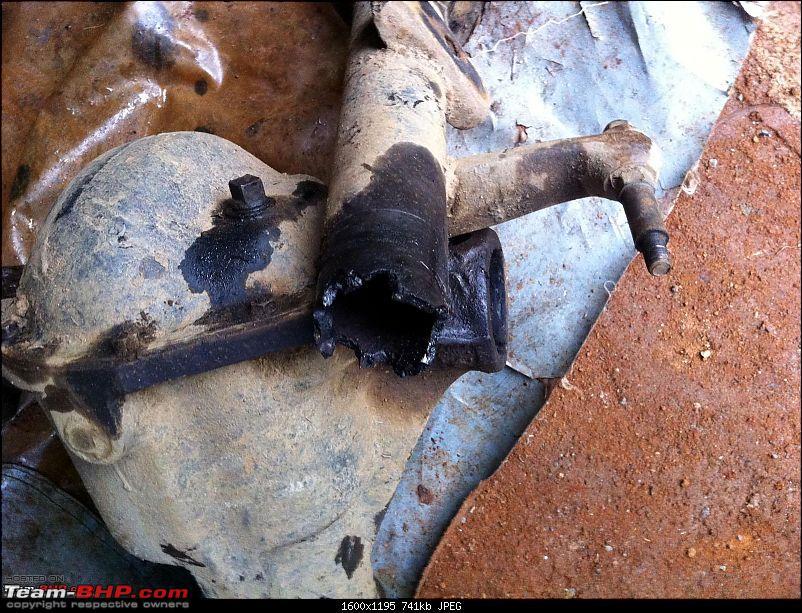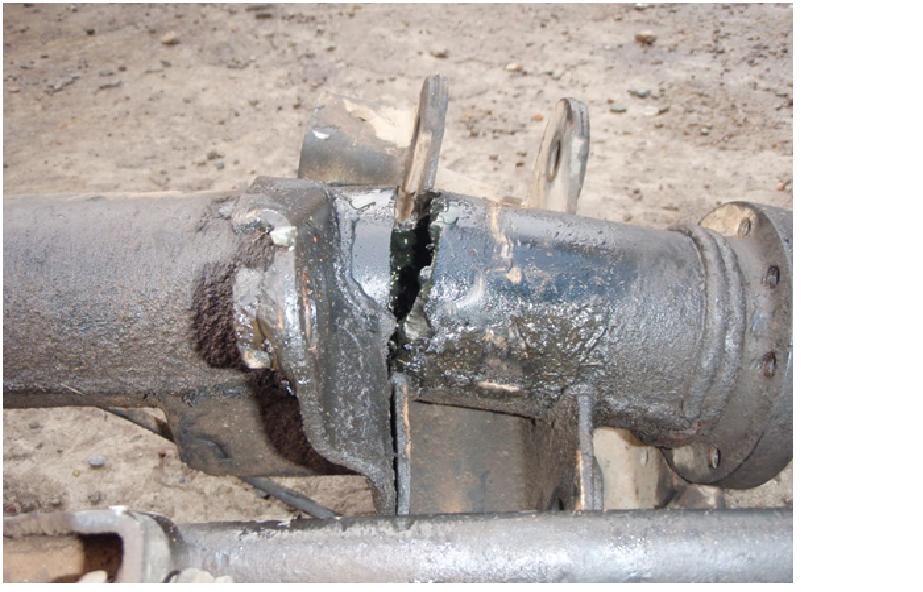
Originally Posted by
Bush65

Thanks, I see what is meant now. But I don't like what I see.
The mode of failure that should be expected from too many overload cycles is as seen in the first pic from the OP. A fatigue crack at the point where there is a large stress raiser due to the abrupt change in stiffness.
IMHO the only satisfactory way, if the axle is required to handle worse loading conditions, is to increase the wall thickness of the axle tube and thus reduce the magnitude of the cyclic stress, in the region of the stress raiser.
That lamination is outside the region of the stress raiser, so doesn't help at all there, but in addition has added a weld that is too close to the stress raiser and therefore increases the stress raising effect, i.e. 2 stress raisers combined.
Designing for fatigue is often difficult and it is not unusual to see changes made with good intentions backfire. The nature of fatigue is that failure is hard to predict because of the large statistical variation in the fatigue life over a number of seemingly identical components and loading histories.
even this is frought with potential issues if worked 'hard'. i have seen a ( fitted to the front) tru track'd D44 in a CJ J**p with thicker tubes fitted go on to break the casting housing where the tubes go in.... had a heavy cast iron engine over the top of it and was spending a bit of time getting air.
had a heavy cast iron engine over the top of it and was spending a bit of time getting air.
Not everyone drives sympathetically, maybe that is most of the problem.
jc
The Isuzu 110. Solid and as dependable as a rock, coming soon with auto box😊
The Range Rover L322 4.4.TTDV8 ....probably won't bother with the remap..😈

had a heavy cast iron engine over the top of it and was spending a bit of time getting air.

Bookmarks